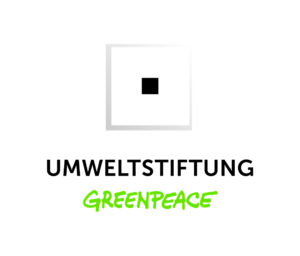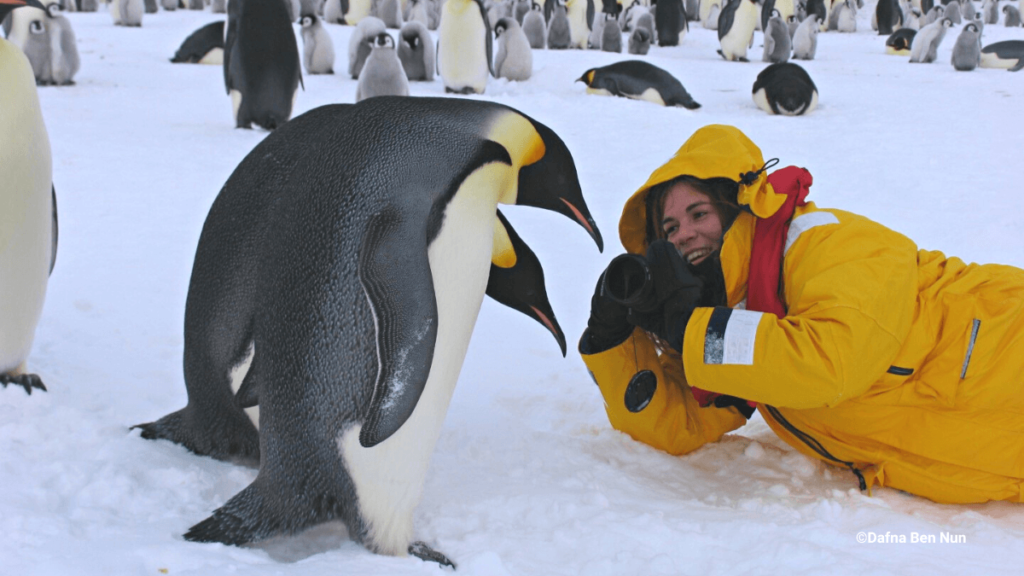Our 1st ERF Volunteer Photo Competition is on. What does a prize-worthy photo look like? That’s what we asked Dafna Ben Nun. She is not only a member of our jury, but also an award-winning wildlife photographer and herself a volunteer for nature conservation. Find out here her tips for a winning picture and her story as a wildlife photographer.
Dafna, how did you come to work as a conservation volunteer, e. g. for Israel Nature and Parks Authority (INPA)?
Because that’s my passion: nature and animals. And it turns out that I’m really good at photography. So it’s a natural thing for me to combine it. I use my images to help raise awareness for nature and wildlife. If it’s possible for me to volunteer and help on the way, that’s what I live for. Usually I focus on a specific animal or subject and search for people that are passionate about it to talk to. When it comes to wildlife, there is a lot of volunteering around it, be it in Africa helping take out snares laid by poachers, volunteering with the panda bears in China or helping the INPA in Israel with a beach clean-up.
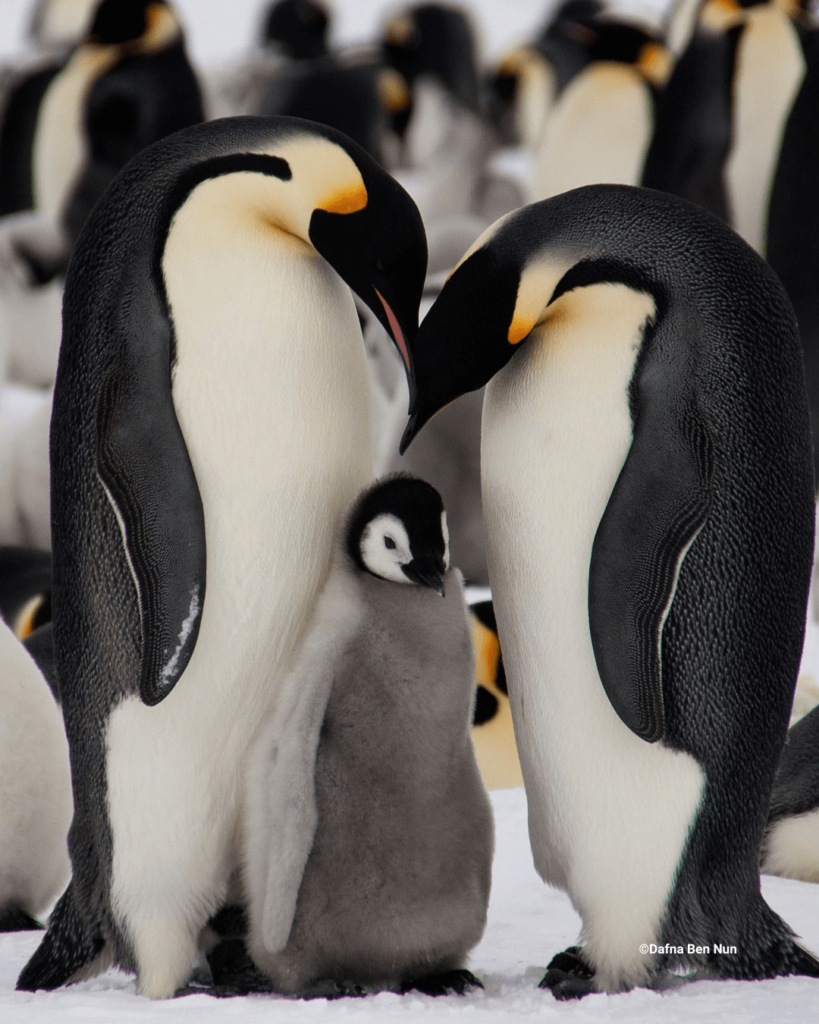
“If you want to photograph wildlife, try to find people who work to help animals. Make sure nature stays safe, you stay safe and always go out with an expert for the animal and its environment.”
Dafna Ben Nun, Wildlife Photographer and Conservation Volunteer
We can imagine that you have experienced both in your volunteering: great moments of happiness, but also real challenges. Do you have examples for us?
In Africa I went out with a guide, volunteering to remove the snares. He got a phone call from the wildlife trust in the area, saying that there is a group of veterinarians coming over to tag a lioness with a GPS device. Lions approached the villages nearby and thus were endangered to be killed by locals. So they are taught by the guides how to interact with wildlife. Once the guides know through GPS tracking that wildlife is approaching the village, they alert the residents, so they won’t kill it. The guy I was volunteering with was called to accompany the vets because he had a license for a gun and was therefore able to secure them during tagging. He asked me to join him to photograph the procedure. And that was such a big honour for me to photograph the procedure in the wild, in Africa, getting off the jeep when you have the lions all around you – that was so exciting! Whereas one of the hardest for me was cleaning up the beaches in Israel from oil spills. It really hit me hard seeing all the beaches and wildlife affected by it.
READY TO PARTICIPATE IN OUR PHOTO CONTEST FOR VOLUNTEERS?
You are volunteering with one of the protected areas of our members? We bet you have some great photos for our competition! Find all the details here or go directly to submission:
PARTICIPATE NOW
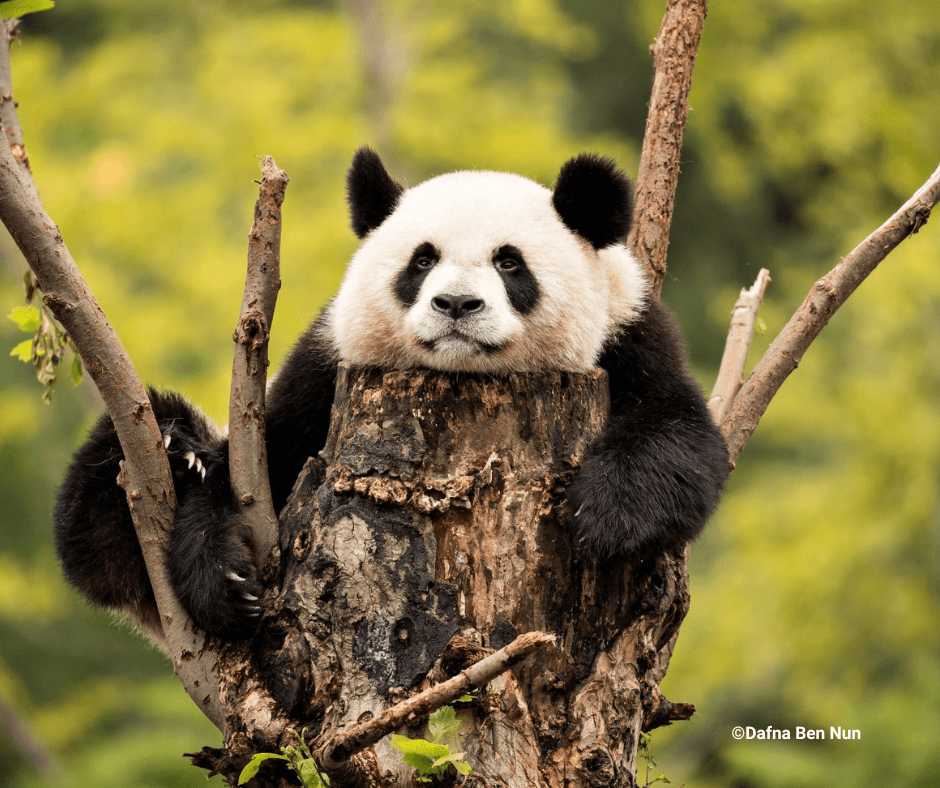
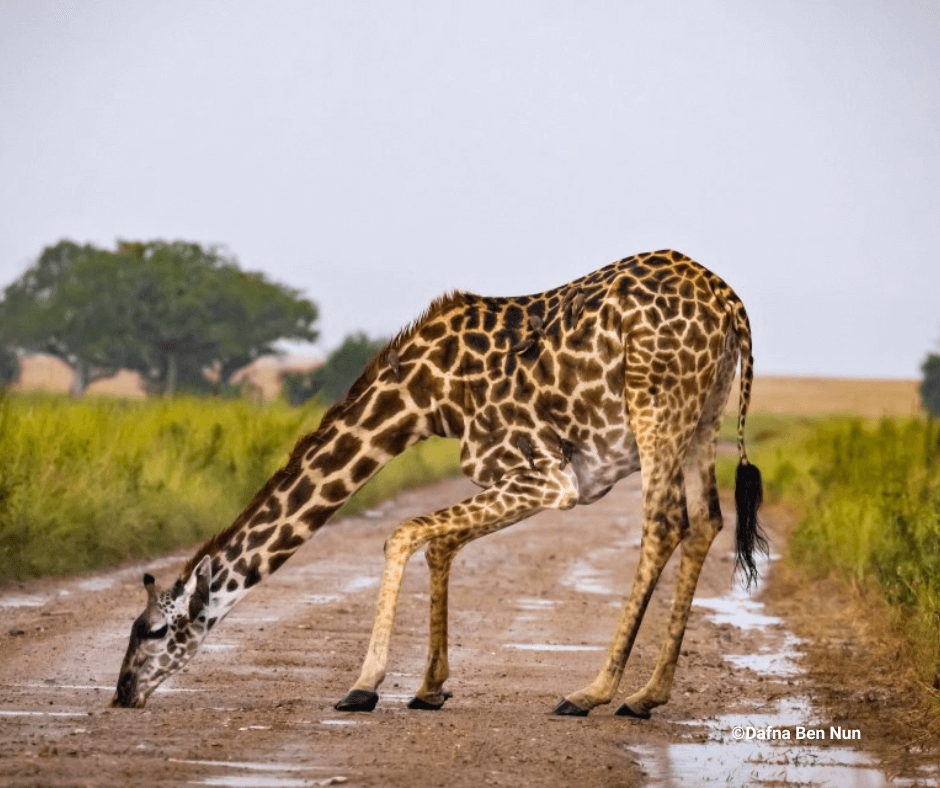
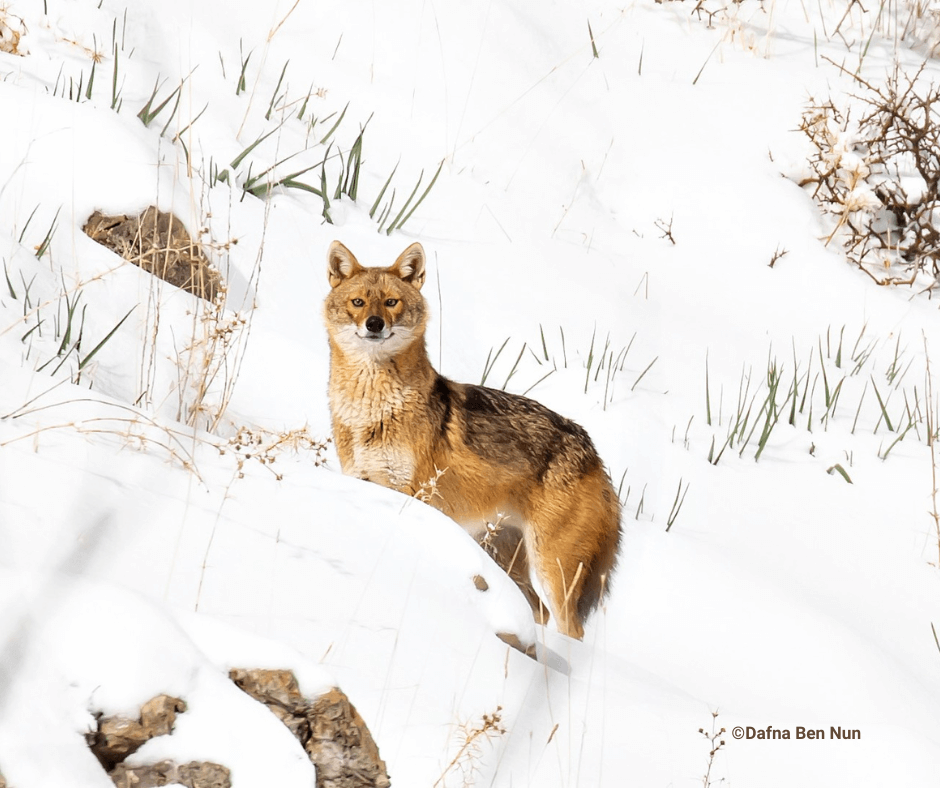
Let’s get to your job: How did you come to become a wildlife photographer?
A wildlife photographer is the least compensated moneywise. But I do it, because I’m passionate about what I do. I chose to be a wildlife photographer because of my love for wildlife, for nature, animals. I also do family shoots in nature to raise money for my expeditions, write for the National Geographic and lead photography expeditions for other photographers. But it’s all around the actual wildlife photography: picturing animals and their natural behavior in their natural habitats. But as the years go by I see that it gets harder and harder to reach their natural habitats, because their environments are becoming smaller and smaller. Yet I’m not a documentary photographer. My style is more romantic and positive. That’s the way I see the world, even though it’s not like that. But I believe that to approach people’s hearts these days you need to be positive. So I’m trying to forward that positive view, especially to children who are the future. When I pass on my passion for wildlife and nature, it sticks to them. I believe that’s the way for me to pass on the word.
You as a professional: What is your tip on how to get a really good shot on wildlife?
If you want to photograph wildlife, try to find a place where people work in order to help animals, not to abuse them. Make sure you don’t hurt the environment. For example when you see a fox with cubs and you really want to photograph them, it could happen that you come closer – and ruin the foxhole. So the fox won’t have cubs there anymore and maybe that was the last place for it. So what I mean to say: When you photograph, you really need to think about nature and not just about the picture. Make sure that nature stays safe, you stay safe and always go out with an expert for this animal and its specific environment. This also can save you time, because experts know where to go to get natural pictures without the risk of waiting, hiding and probably disturbing the animal.
And as a jury member for our photo competition: What makes an award-worthy photo on volunteering for you?
One of the most important tasks is the cleaning of nature. That’s such an important thing, because there is so much garbage everywhere, just horrible. It’s really important to educate young people to clean after themselves, because it hurts nature. Removing rubbish from nature is therefore one of the most important volunteer jobs and thus an example of a suitable motive. In general, showing how nature will be better after doing the volunteer work would make a good photo. It all depends on the story you want to tell:
- Tell your story in one shot. For example, showing a clean forest and explaining ‘this was dirty before I cleaned it’: This won’t work. People could not understand the story by just looking at the photo. But seeing a hand picking up a plastic bag from underneath a rock would explain it. Not that I’m saying to submit exactly this photo and especially not to stage this situation. This is just an example to make clear: Show how volunteering helps in reality and makes the world a better place.
- Bring technical issues such as perspective and angle in line with your story. If it’s about something small, then come as close as you can. If it’s about landscape, open up the angle of the lens to get the entire area. But even if the picture is not perfect in the matter of composition, but the story behind it comes across strongly: it will work.
- Keep in mind the subject: volunteering and helping nature. Any pictures that are really beautiful, but only about nature won’t win you the competition. Because we are looking for actual stories about volunteering and helping nature.
Want to know more about Dafna and her photography? Visit her website or follow her on Instagram!
This content is sponsored by
